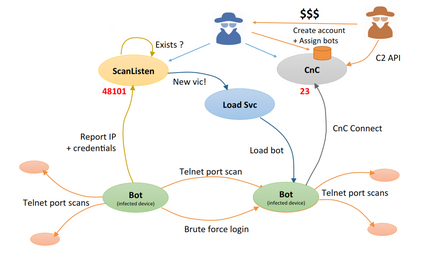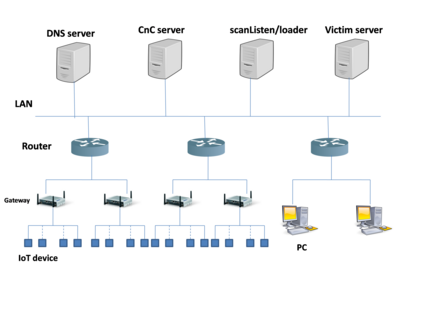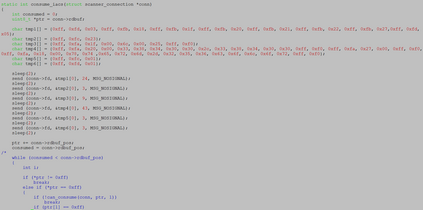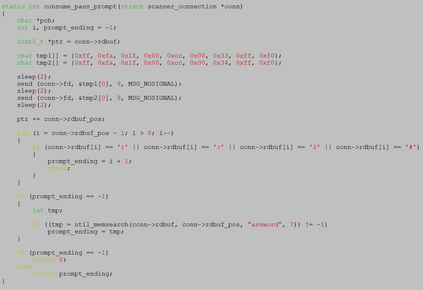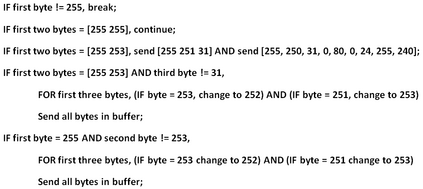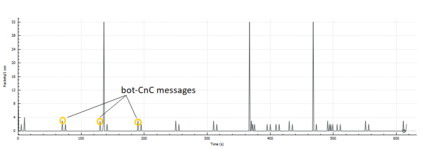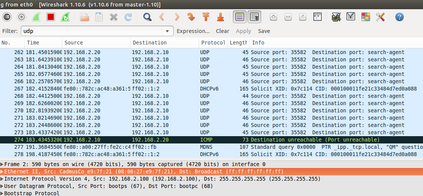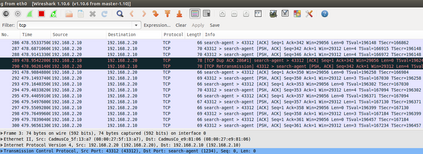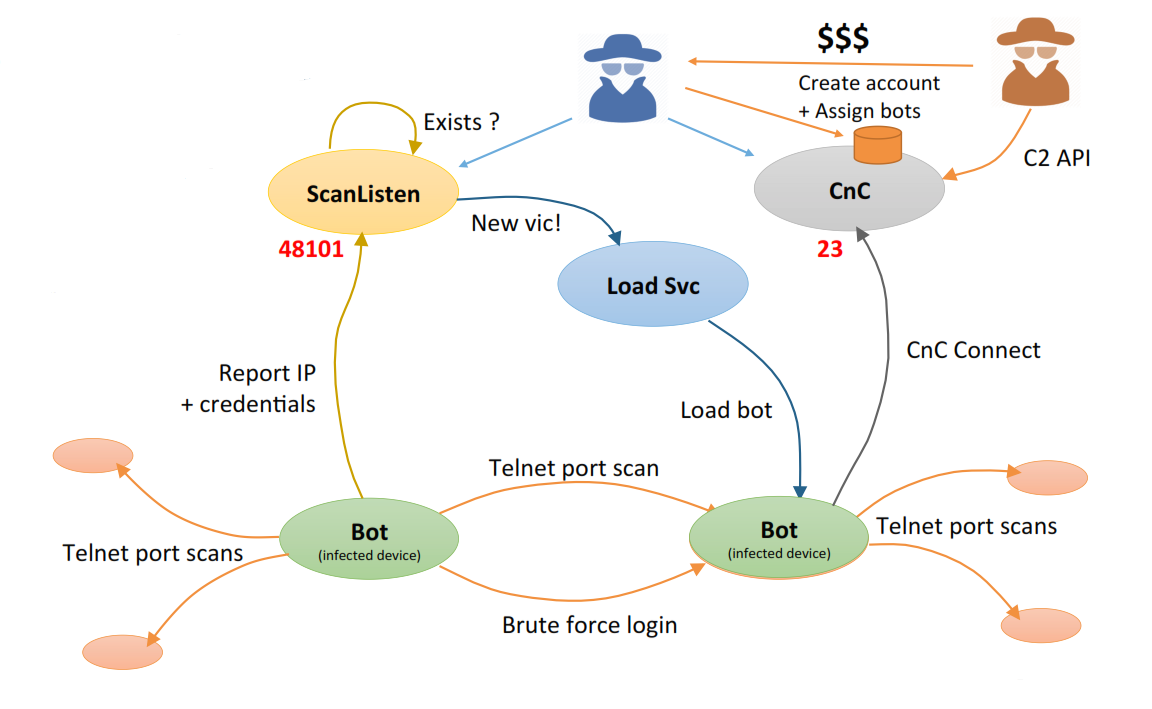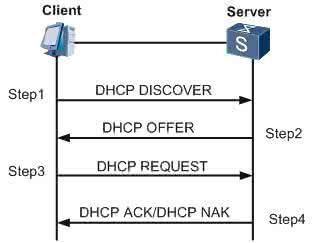Many security issues have come to the fore with the increasingly widespread adoption of Internet-of-Things (IoT) devices. The Mirai attack on Dyn DNS service, in which vulnerable IoT devices such as IP cameras, DVRs and routers were infected and used to propagate large-scale DDoS attacks, is one of the more prominent recent examples. IoT botnets, consisting of hundreds-of-thousands of bots, are currently present ``in-the-wild'' at least and are only expected to grow in the future, with the potential to cause significant network downtimes and financial losses to network companies. We propose, therefore, to build testbeds for evaluating IoT botnets and design suitable mitigation techniques against them. A DETERlab-based IoT botnet testbed is presented in this work. The testbed is built in a secure contained environment and includes ancillary services such as DHCP, DNS as well as botnet infrastructure including CnC and scanListen/loading servers. Developing an IoT botnet testbed presented us with some unique challenges which are different from those encountered in non-IoT botnet testbeds and we highlight them in this paper. Further, we point out the important features of our testbed and illustrate some of its capabilities through experimental results.
翻译:许多安全问题随着日益广泛采用互联网电话(IoT)装置而成为突出的焦点。Mirai对Dyn DNS服务的袭击,即诸如IP摄像机、DVRs和路由器等脆弱的 IoT 装置被感染并用来传播大规模DDoS攻击,是较突出的近期例子之一。IoT 机器人网,由成千上千的机器人组成,目前至少存在“在电网里”的装置,而且只能在未来增长,有可能给网络公司造成重大的网络停机时间和财务损失。因此,我们建议建立测试台,用于评价IP摄像机、DVRs和路由路由器等脆弱的 IoT 系统装置,并设计适当的缓解技术。在这项工作中介绍了一个基于 DETERlab 的 IoT 机器人网测试台。测试台建在安全的环境下,包括DHCP、DNS等辅助服务,以及包括C和扫描/装载服务器在内的电脑基础设施。我们开发了IObedbed wide bonet 测试台的一些重要测试台式的测试台式试验台,这些测试台在我们的试验台中遇到一些独特的挑战。

